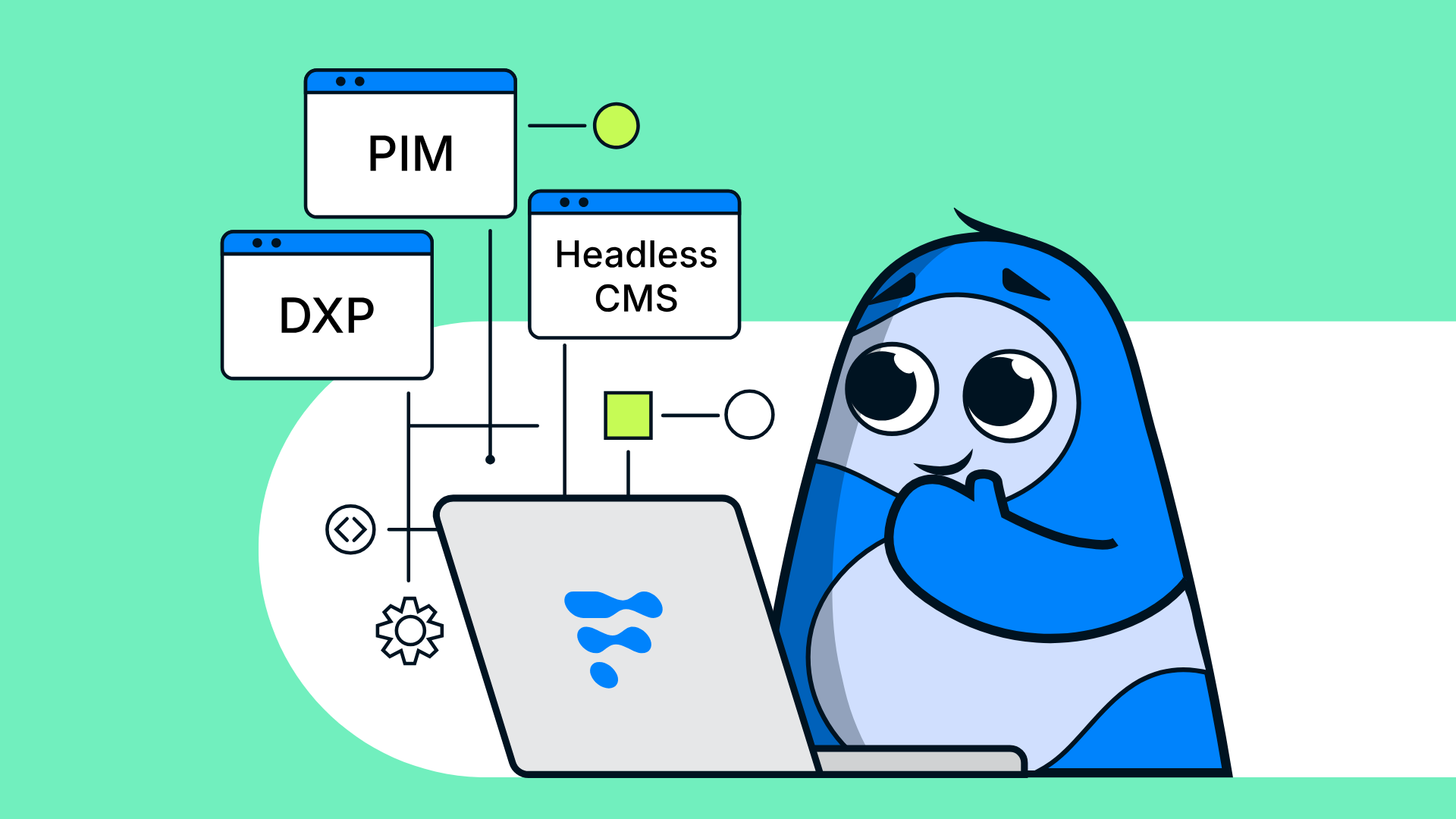
Choosing the right platform for managing content, product data, and customer experiences can be challenging. Digital Experience Platforms (DXP), Product Information Management (PIM) systems, and Headless Content Management Systems (HCMS) each serve different needs. This guide will break down their differences, real-world applications, pros and cons, pricing considerations, and technical requirements. We'll also cover deciding which system suits your needs and the key differences between cloud-based and on-premise hosting options.

Partnership Manager at Flotiq. I connect technology with business through meaningful collaborations. With a background in IT and project management, I focus on strategic partnerships that deliver real, long-term value.
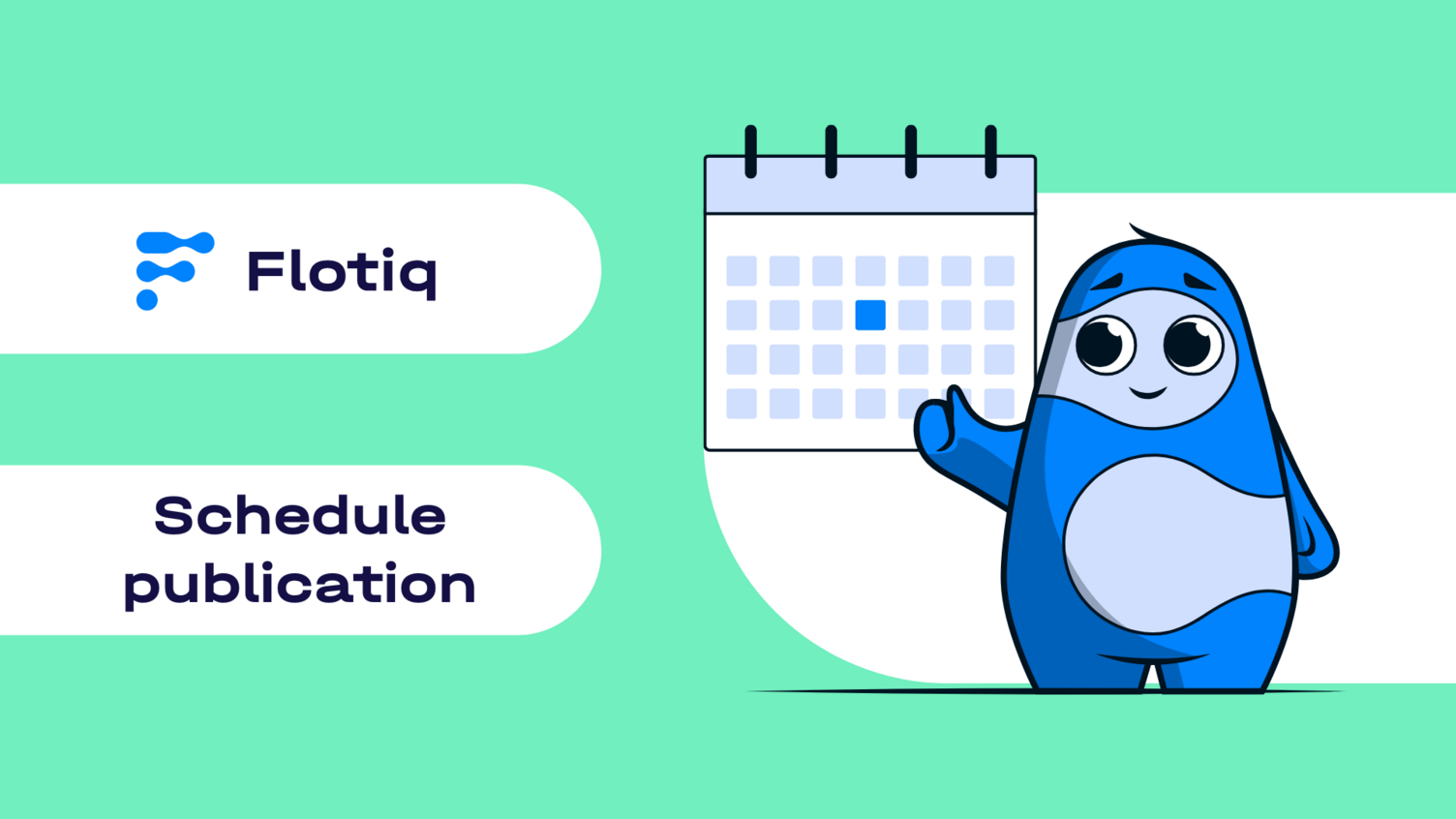
A DXP enables businesses to create and manage digital experiences across multiple channels, such as websites, mobile apps, email campaigns, and social media. It focuses on personalization and engagement to improve customer interactions.
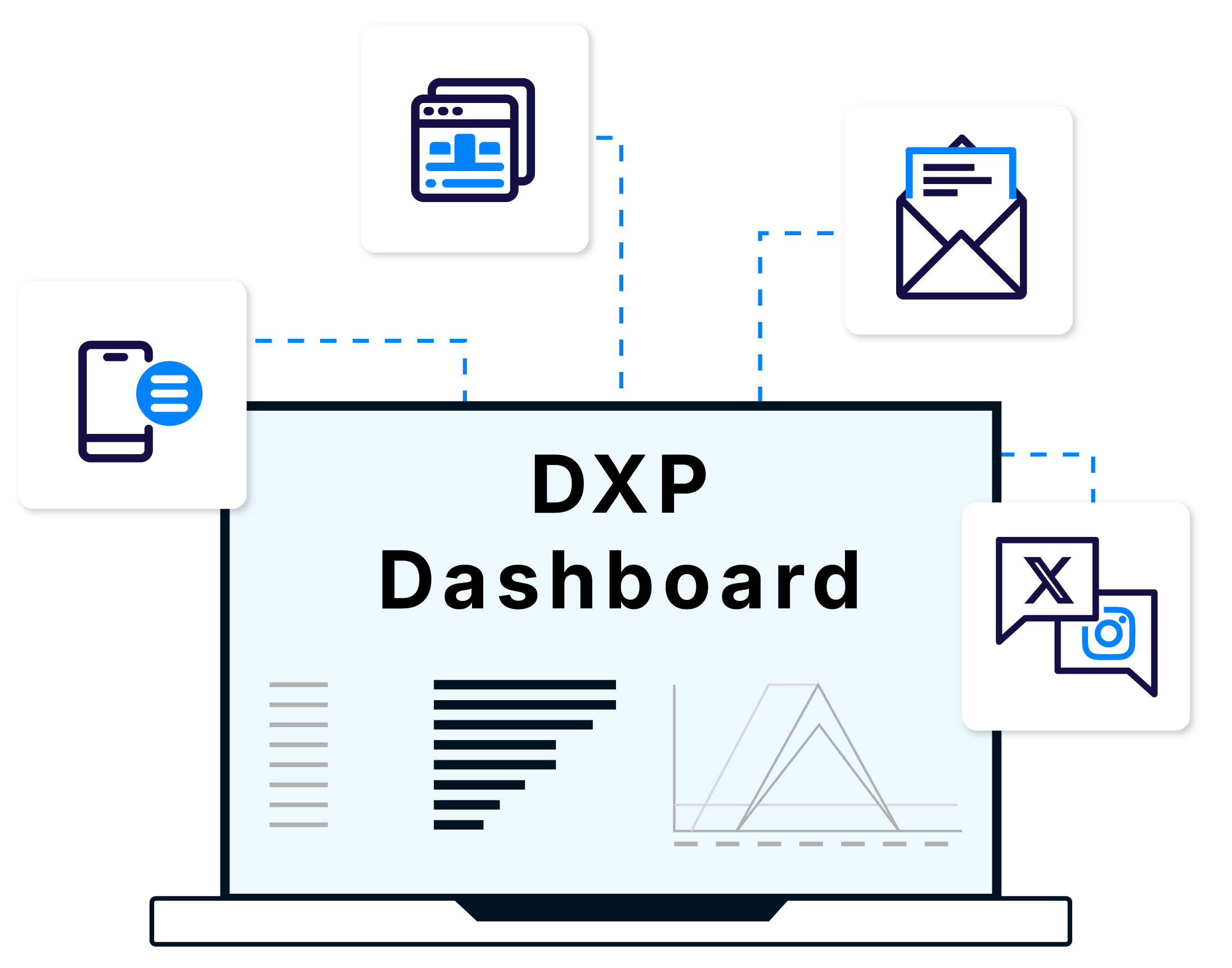
A DXP is ideal for businesses that prioritize personalized user experiences and need to manage customer interactions across multiple channels. It’s especially valuable for large enterprises, e-commerce businesses, and organizations undergoing digital transformation.
PIM systems centralize and standardize product data, ensuring consistency across different sales channels and platforms. They are particularly useful for e-commerce and retail businesses managing large product catalogs.
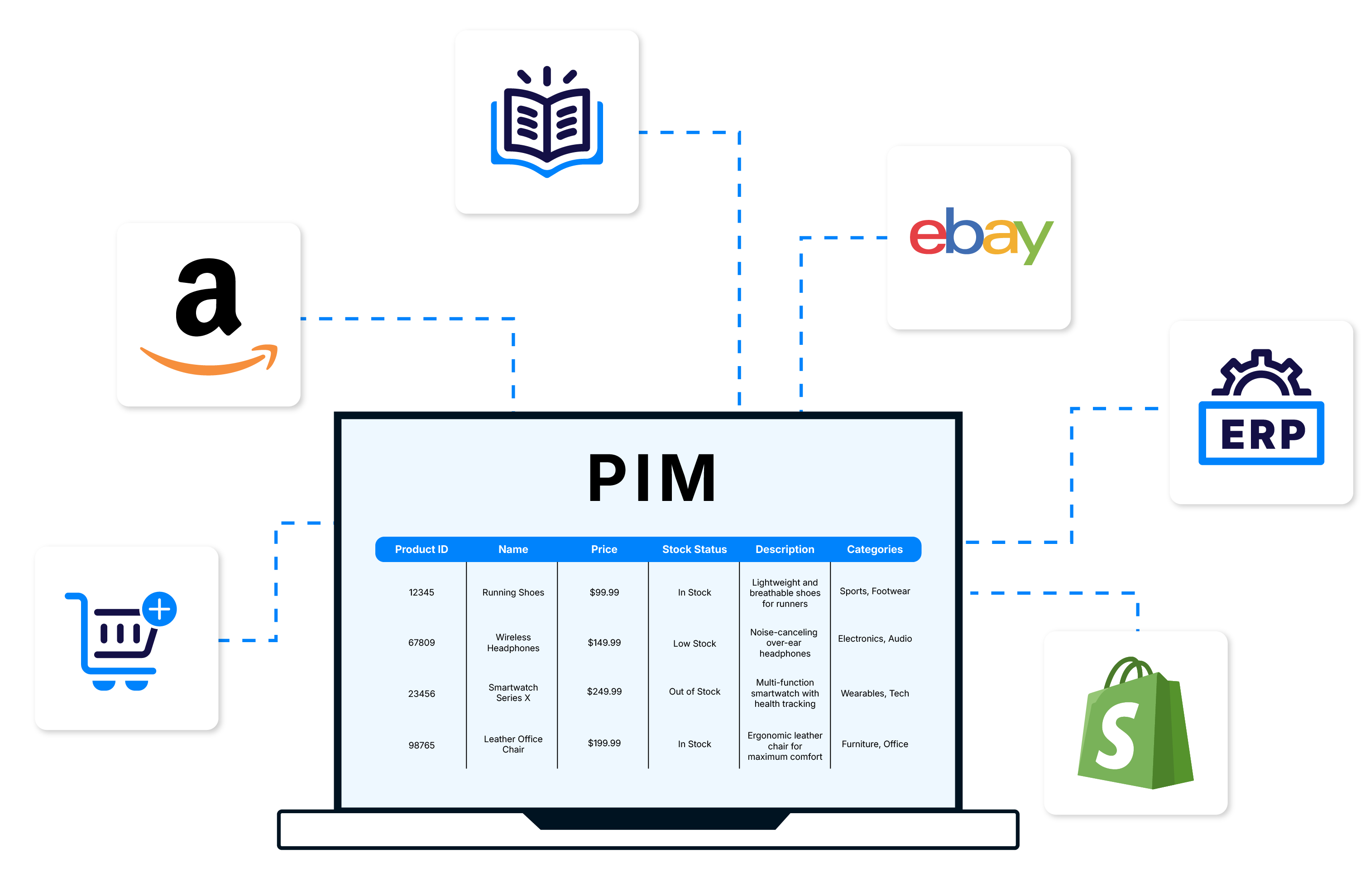
A PIM solution is best suited for businesses managing extensive product catalogs and requiring consistent, accurate product data across multiple sales channels. It is particularly valuable for e-commerce retailers, manufacturers, distributors, and wholesalers that operate in multiple regions or sell across various platforms.
A Headless CMS (HCMS) separates content management from its presentation layer, allowing businesses to deliver content across various channels via APIs.
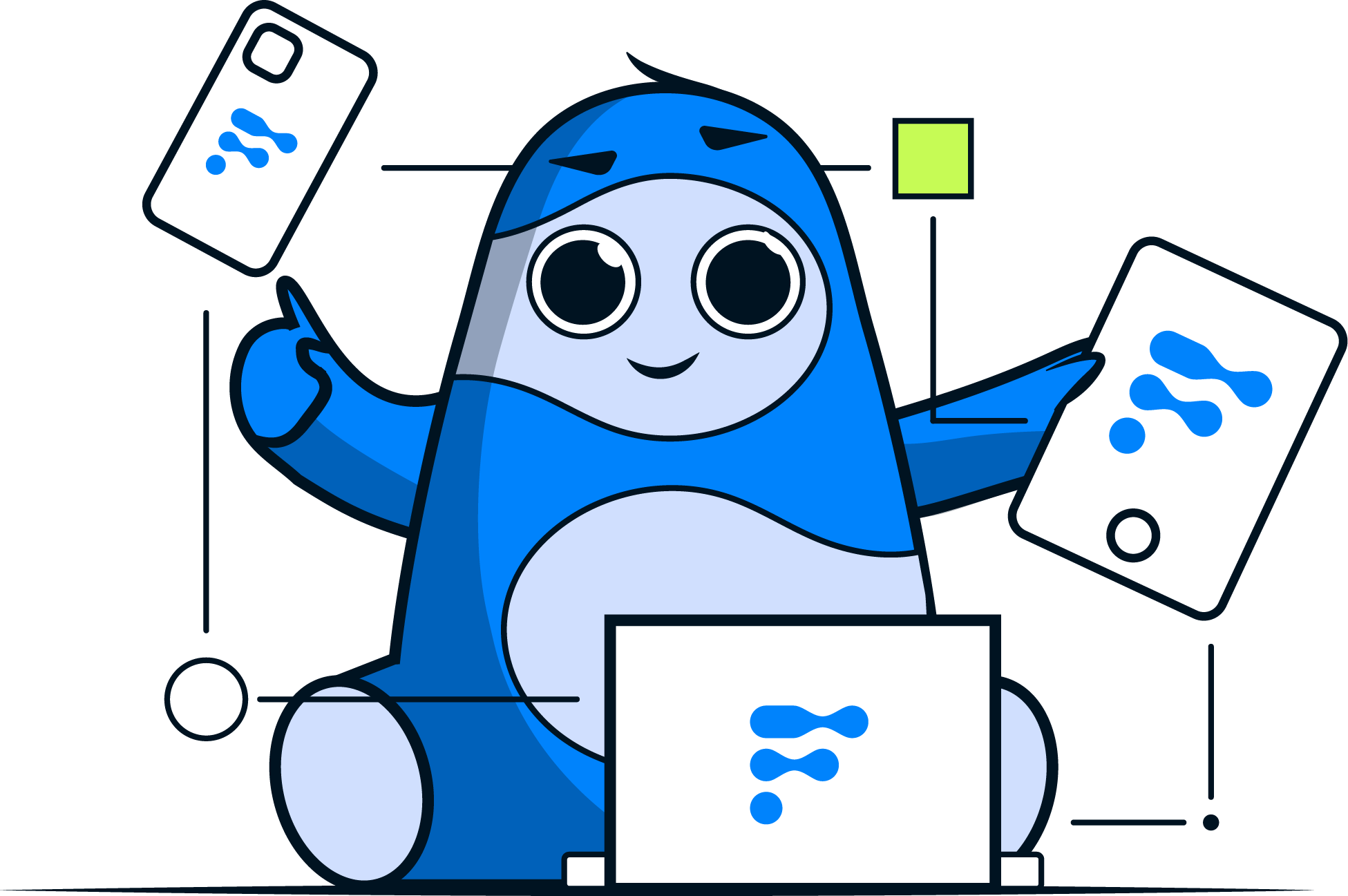
A headless CMS is a great choice for businesses that need to publish content seamlessly across multiple platforms and devices, including websites, mobile apps, smart devices, and even digital billboards. It’s particularly valuable for companies developing fast, flexible digital experiences, such as PWAs (progressive web applications), IoT-powered platforms, or content-rich apps. With its API-first approach, it offers the agility to create dynamic, personalized digital experiences without the limitations of traditional CMS architectures.
Below is a compressed overview of the main differences between DXP, PIM, and Headless CMS. This sum-up not only compares the three systems but also supports the decision-making process to understand which system best suits business needs.
|
Feature / Functionality |
DXP |
PIM |
HCMS |
|
Purpose |
Managing digital experiences |
Managing product data |
Flexible content management |
|
Best for |
Customer engagement, personalization |
E-commerce, product catalogs |
API-driven content distribution |
|
Deployment Time |
Longer – requires the integration of multiple systems |
Moderate – focused on product data |
Short – rapid content publication and easy frontend modifications |
|
Personalization |
Advanced - personalization tools to tailor user experiences |
Limited – mainly precise presentation of product data |
Personalization implemented through client applications using the API |
Each system can be hosted on the cloud or on-premise. Here’s how they compare:
|
Hosting Type |
Pros |
Cons |
|
Cloud-Based |
Lower upfront costs, automatic updates, scalability, easier disaster recovery |
Ongoing subscription fees, potential data privacy concerns, limited customization options |
|
On-Premise |
Full control over data, potential for lower long-term costs, greater customization, compliance advantages |
Higher initial investment, requires maintenance and IT resources, slower scalability, licensing fees may apply, slower scalability |


With so many options available, making the right choice can be tricky. Here’s a step-by-step guide to help:
Choosing the right platform depends on your business needs. If you’re looking to enhance customer engagement with personalized, multi-channel experiences, a DXP is the best fit. For businesses managing large product catalogs that need data consistency across multiple sales channels, a PIM is the way to go. And if you need a fast, flexible content management system that delivers across various platforms, a Headless CMS like Flotiq is the ideal choice.
Flotiq has been making waves in the industry! We started as one of many nominees in the DXP/CMS March Madness, quickly climbed into the top 16.
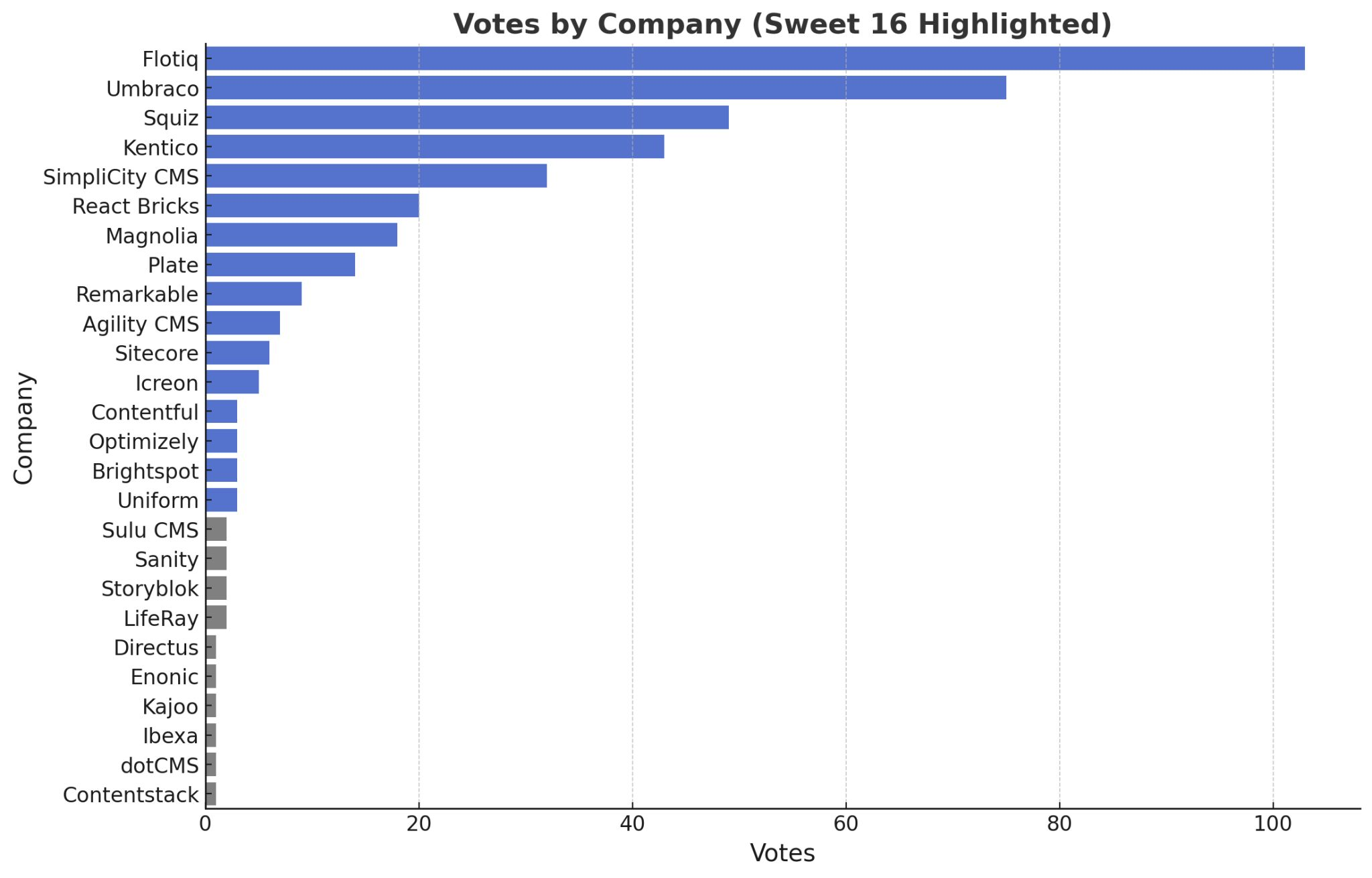
Source: DXP/CMS March Madness Linkedin
And now, at the time of writing, we’ve stormed our way into the semifinals. This achievement proves that Flotiq isn’t just another headless CMS, it’s a scalable, high-performing, and competitive alternative to traditional DXPs.
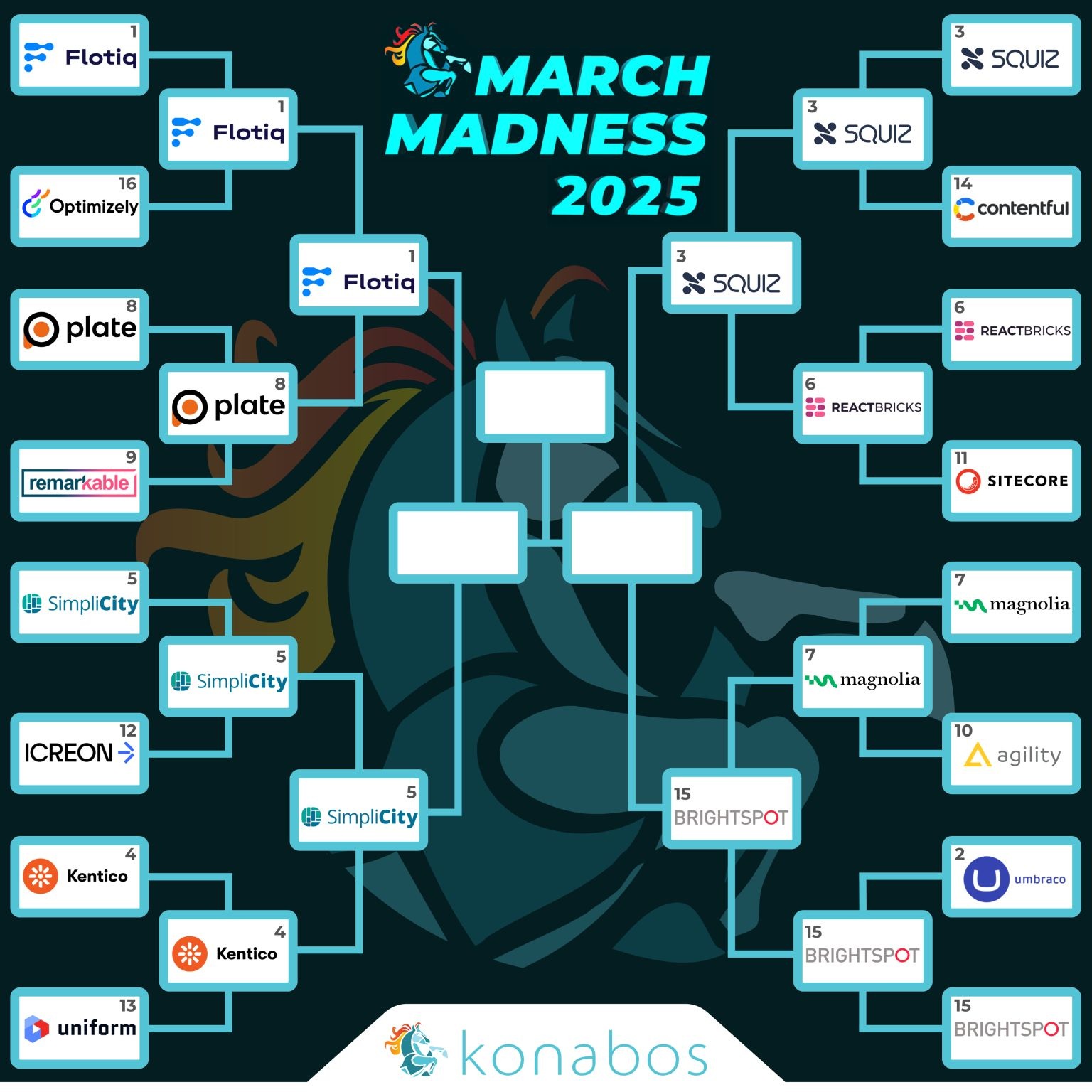
Source: DXP/CMS March Madness Linkedin
It speaks volumes about the quality, innovation, and capabilities of Flotiq, showing that a Headless CMS can stand toe-to-toe with traditional DXPs. Ultimately, the choice of platform depends on your business goals, but Flotiq’s industry recognition and unstoppable momentum make it a top choice for businesses looking to level up their digital experiences.
Looking for a modern, API-first CMS designed for speed, flexibility, and seamless content delivery? Flotiq is worth a try.
Start your journey with Flotiq today!
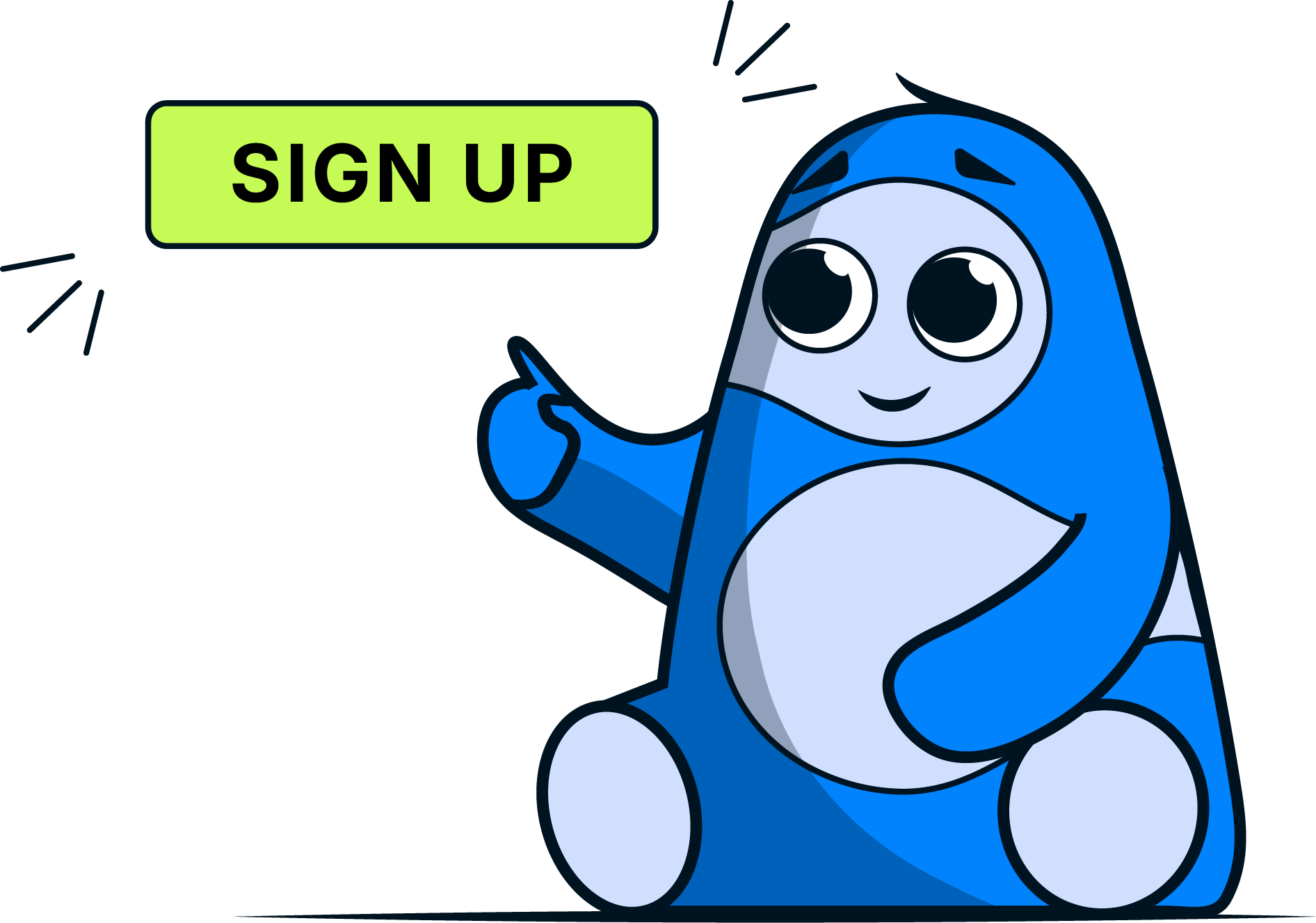
Multi-Channel Support
|
Yes |
|
Limited |
|
Yes |
|
Technical Difficulty |
High |
Medium |
Medium |
|
Pricing |
High |
Medium |
Low to medium |